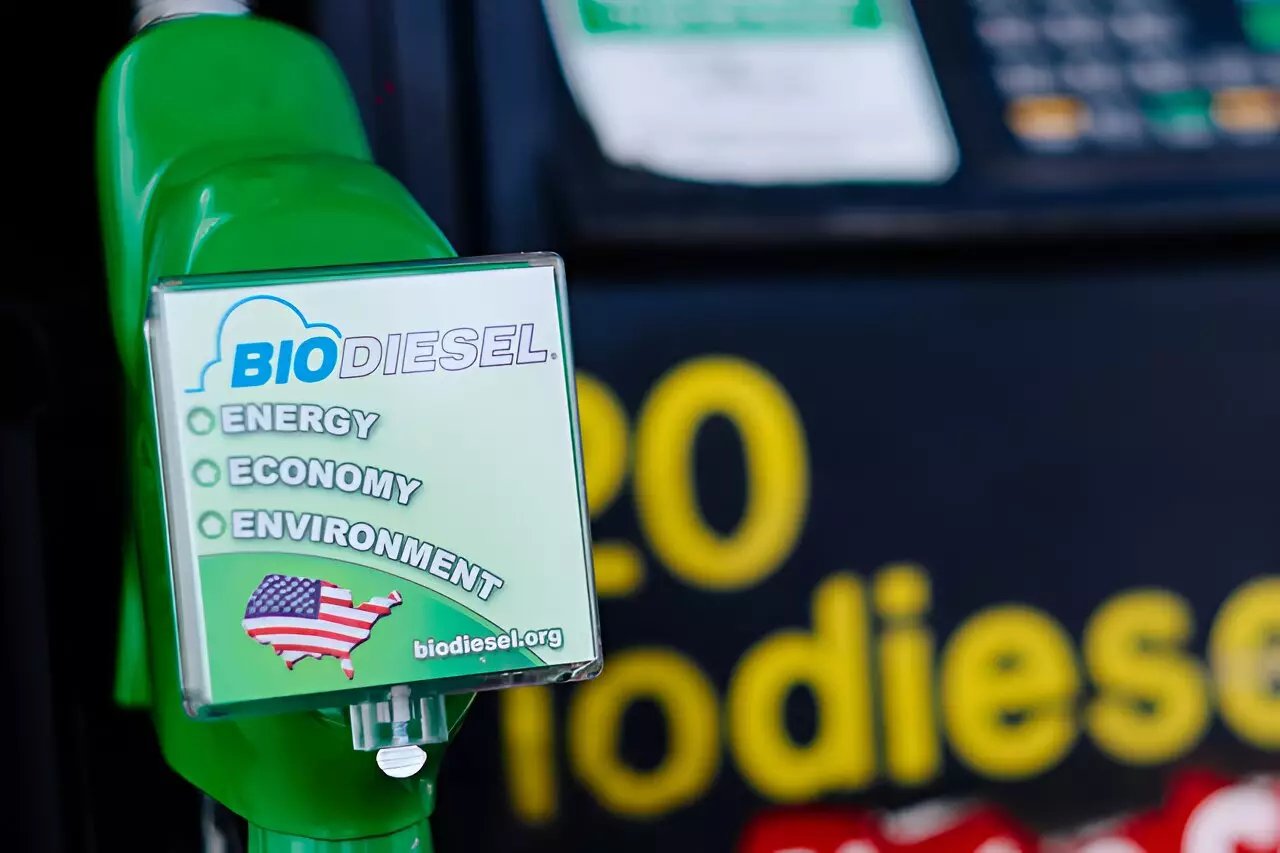The ever-increasing demand for sustainable energy sources often brings attention to the potential of biodiesel fuels. A recent investigation by researchers at the National Renewable Energy Laboratory (NREL) reveals both the bold aspirations and the considerable barriers encountered in the pursuit of utilizing higher percentages of biomass-based diesel fuel within traditional diesel infrastructure. While current biodiesel blends—generally ranging from 5% to 20%—serve as a foundation, the quest for increased blending (20%, 40%, 60%, and even 80%) presents a complex landscape ripe with opportunity.
The Need for High-Percentage Blends
The urgency to adopt higher blends of biodiesel is largely driven by the ongoing quest to mitigate greenhouse gas emissions across the transportation sector. A shift towards higher concentrations of biodiesel could yield a remarkable reduction in emissions, projecting a decrease of 40% to 86% compared to conventional petroleum diesel. Biodiesel is primarily derived from renewable feedstocks such as fats and oils, which allows it to offer a carbon-neutral solution—a critical aspect given the escalating concerns surrounding climate change.
In exploring these higher blends, the NREL research team focused on blends beyond the conventional thresholds, thus addressing a significant data gap often overlooked in academic literature. Robert McCormick, a Senior Research Fellow at NREL, pointed out that thousands of papers are published on biodiesel annually; however, few delve into the implications of blends exceeding 20%. This investigation not only scrutinizes biodiesel in conjunction with renewable diesel but also provides a pioneering outlook on high-percentage blends that could be crucial in the future of sustainable transport fuels.
As electrification gradually transforms smaller vehicle segments, a critical reality remains: heavy-duty vehicles such as long-haul trucks, marine carriers, and commercial aircraft will still depend on liquid fuels. An imperative exists to ensure these fuels not only meet stringent emissions standards but are also fully compatible with existing engine technology. Traditional engines may encounter compatibility challenges with high-percentage biodiesel blends, particularly those higher than 50%. McCormick notes that while lower blends are manageable, increasing biodiesel content adds an array of complexities that must be addressed to maintain efficient engine performance.
For example, the cloud point—where wax crystals form in the fuel—poses a significant challenge during colder months. Biodiesel, particularly from soybean oil, tends to have a cloud point around 32°F, which can lead to operational difficulties in frigid climates. Mitigation strategies such as reducing blend levels or using hydrocarbon blendstocks with a lower cloud point can enable users to circumvent potential issues, especially under winter conditions.
In addition to environmental benefits, understanding the physical properties of biodiesel at higher concentrations is vital to ensuring its successful integration into current diesel infrastructures. The research evaluates several key characteristics including density, oxidation stability, and water content. Such properties influence operational performance and could limit the viability of biodiesel, especially as concentration increases.
For example, the oxidation stability of fuel tends to drop as biodiesel percentage rises, hence necessitating the incorporation of antioxidant additives to counteract potential degradation. This insight underscores the multifaceted approach required to navigate the challenges posed by high biodiesel blends, which necessitates continuous testing and innovative solutions.
Despite the promising findings, the NREL study emphasizes that significant research remains necessary to surmount the challenges inherent in high-percentage biodiesel blends. Understanding how these blends affect diesel engine emission control systems is paramount, as it would ensure not only compliance with environmental standards but also safeguard against engine malfunctions or inefficiencies.
Ultimately, the research conducted by NREL sets a foundational roadmap, guiding future inquiries that could unlock the broader acceptance of biodiesel as a viable alternative to fossil fuels. The researchers advocate for a collaborative approach towards addressing the research needs essential for developing higher blends of biomass-based diesel fuels.
The integration of higher-percentage biodiesel blends in the realm of transportation fuels signifies not just a pathway toward sustainability, but also a nuanced challenge that merits comprehensive exploration and problem-solving efforts. Embracing these innovations could pave the way for a more eco-friendly future, significantly reshaping the energy landscape in the coming decades.


Leave a Reply